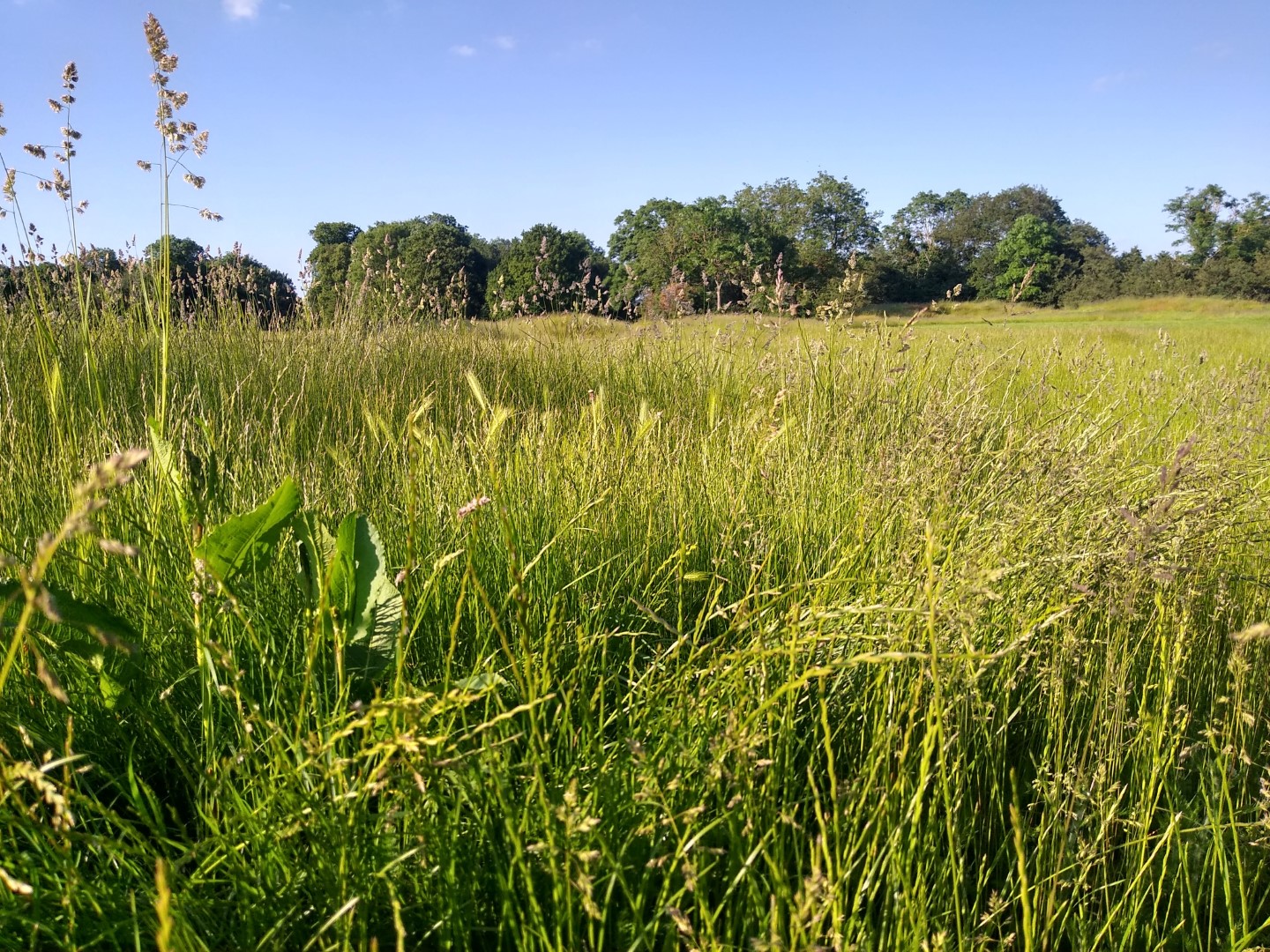The biodiversity of Whitewebbs Park is a treasure to be preserved. It is a product of the ancient woodland, the streams flowing through it, the open spaces and the way that much of the land has been left undisturbed for centuries. The golf course is nearly ninety years old and is far from being a barren waste of monoculture grass. There are old copses of trees, the old course of the New River and quarried out depressions that provide habitats for many animals. There is also the wetland pool created a few years ago as part of a drainage scheme that is home to some amazing dragonflies among other species.
Report on Butterflies in Whitewebbs Park – from Mark Saunders
The meadow areas north and south of Cuffley Brook
A record of observations on the golf course and adjacent woodland
These are screenshots from the “Seek” app on my mobile phone. The app identifies and records plants, insects and fungi. While it is not 100% accurate (none are) it is a very useful tool when out and about in Whitewebbs and our other beautiful parks.
Mistletoe in an oak tree on the golf course and a comma butterfly – March 2022
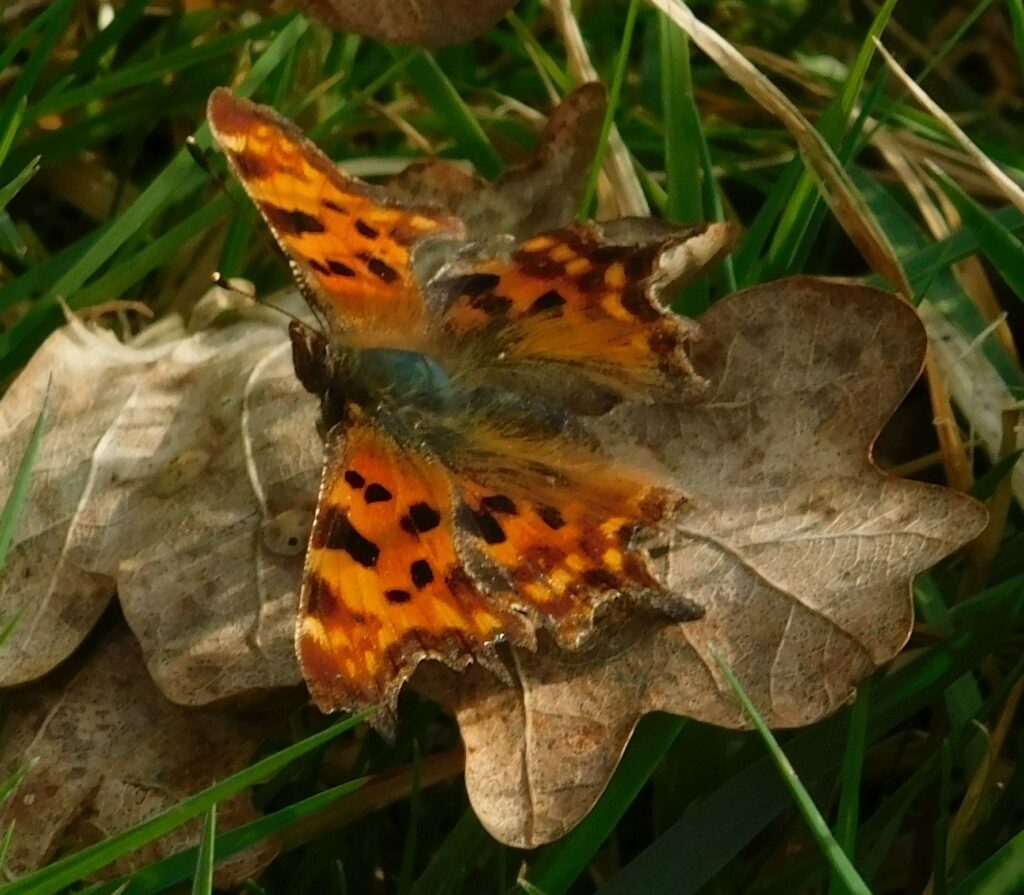
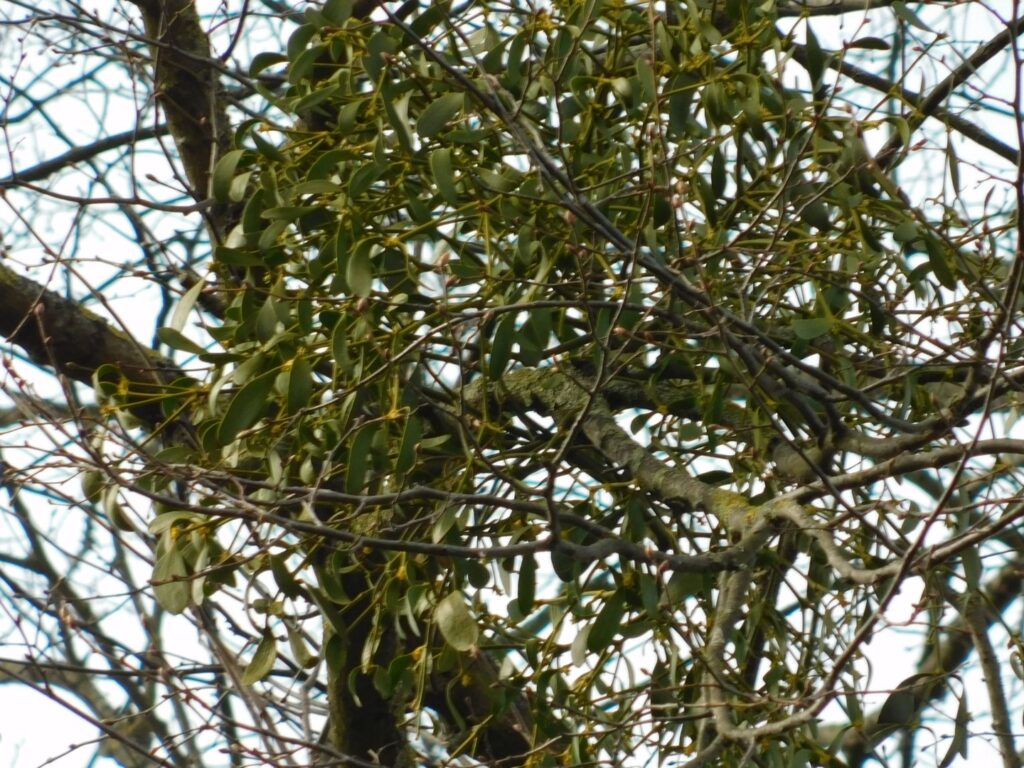
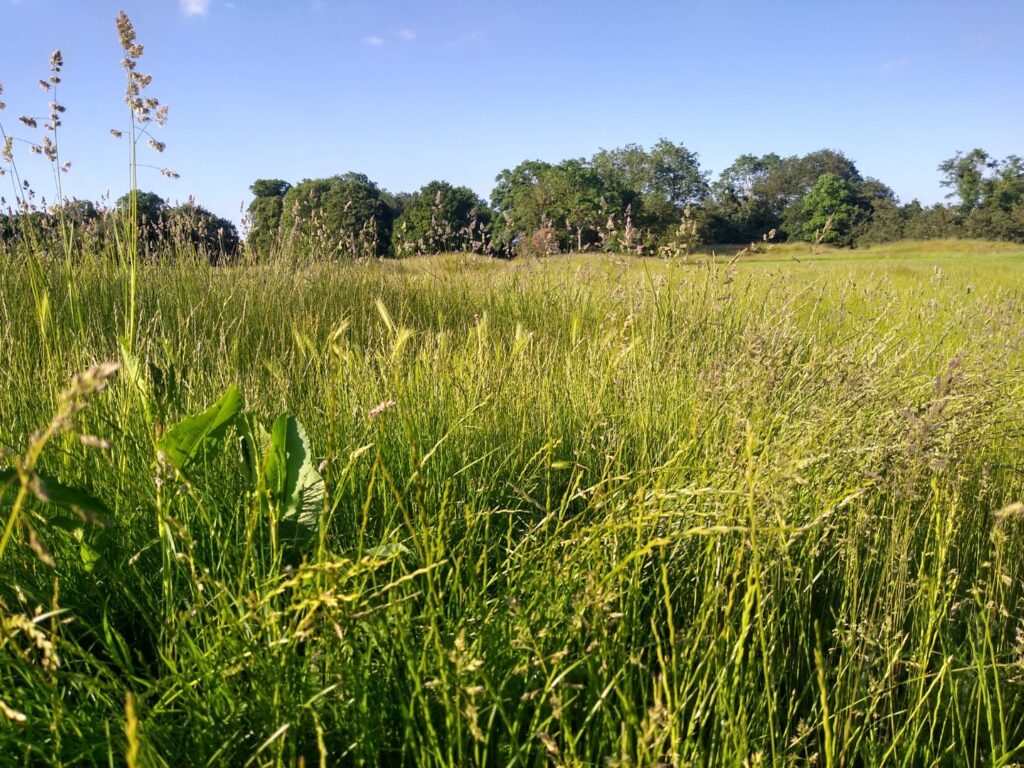
Birds 2020 and June 2023
Ian Minton has compiled a list of 78 species of bird seen in Whitewebbs Park in 2020. In his report Ian says “Some of the highlights of the year have been Sand Martin, House Martin, Raven, Common Tern, Pied Flycatcher and Short-eared Owl. These are all birds that have not been seen in Whitewebbs Park in any previous years.“
By the end of June 2023 66 species have been identified – we can expect more by the end of the year, the summer months are a quieter time.
Grateful thanks to Ian for his specialist knowledge, his hard work and generosity in providing this report. A full list of the birds seen can be downloaded from the links below.
Bats
We are very grateful to Mark Saunders and the Hertfordshire and Middlesex Bat Group for surveys of Bat activity in Whitewebbs.
Several transects have been made and levels of activity, species and locations have been recorded. As one might expect the area around the lake is busy but so too are the fringes and copses of the golf course. Eight species have been identified.
Detection and monitoring of bats in Whitewebbs is an ongoing process. We hope to have covered all parts of the woodland before winter sets in.
Why bats are important
Bats are a vital part of our native wildlife, accounting for almost a third of all mammal species in the UK and occupy a wide range of habitats, such as wetlands, woodlands, farmland, as well as urban areas. They can tell us a lot about the state of the environment, as they are top predators of common nocturnal insects and are sensitive to changes in land use practices. The pressures they face – such as landscape change, agricultural intensification, development, and habitat fragmentation are also relevant to many other wildlife species, making them excellent indicators for the wider health of the UK’s wildlife. – Bat Conservation Trust
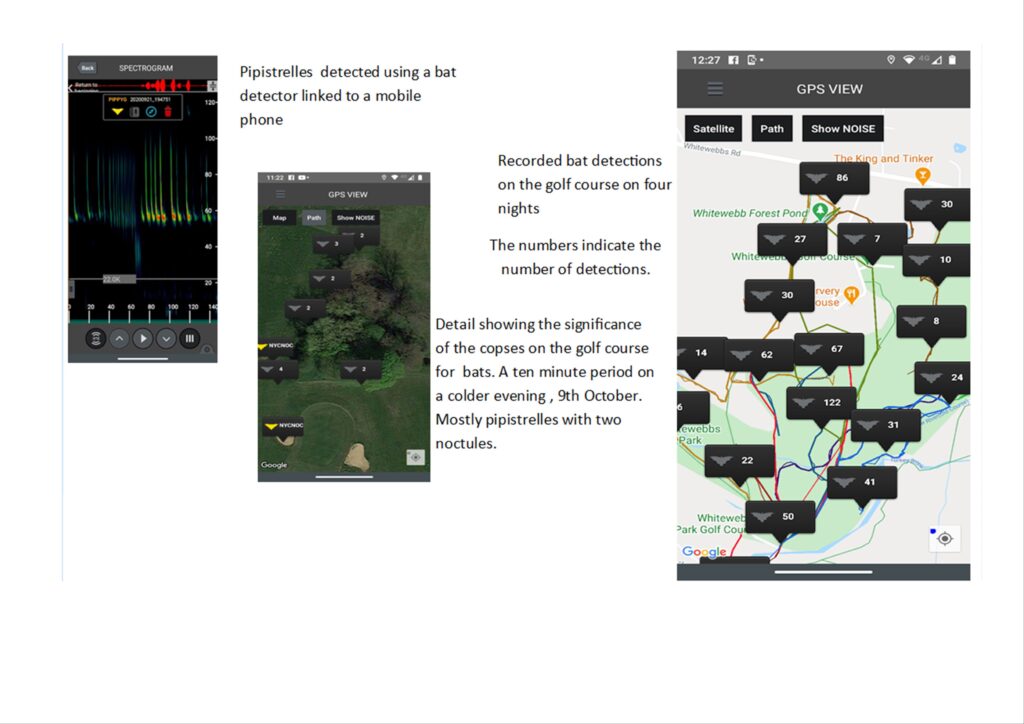
Ancient woodland
The Woodland Trust has confirmed the presence of “notable” and “veteran “ trees in the ancient woodland.
Ancient and veteran trees—a guide https://www.woodlandtrust.org.uk/media/1836/what-are-ancient-trees.pdf
The tree inventory can be found at
https://ati.woodlandtrust.org.uk/
The process of identifying and registering trees in Whitewebbs continues. Thanks to Mark Saunders for his hard work. Previous to his efforts there is no evidence of our beautiful oaks being recorded.
Photos from Mark Saunders with whom copyright resides. Our thanks to Mark for the use of his photos.
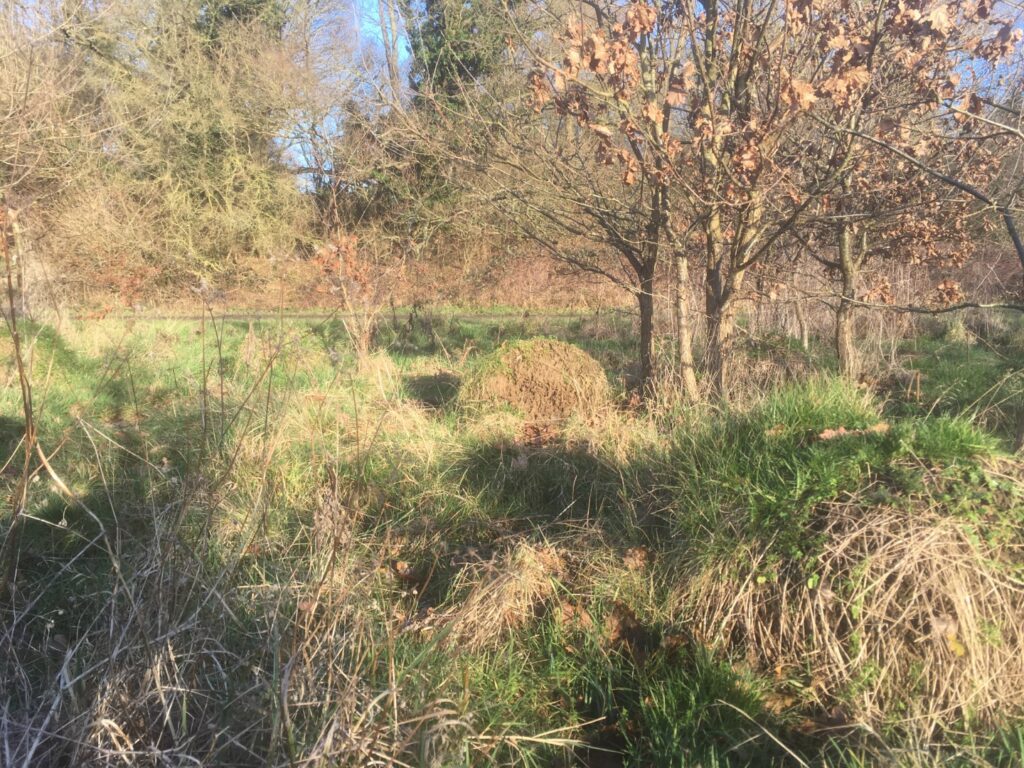
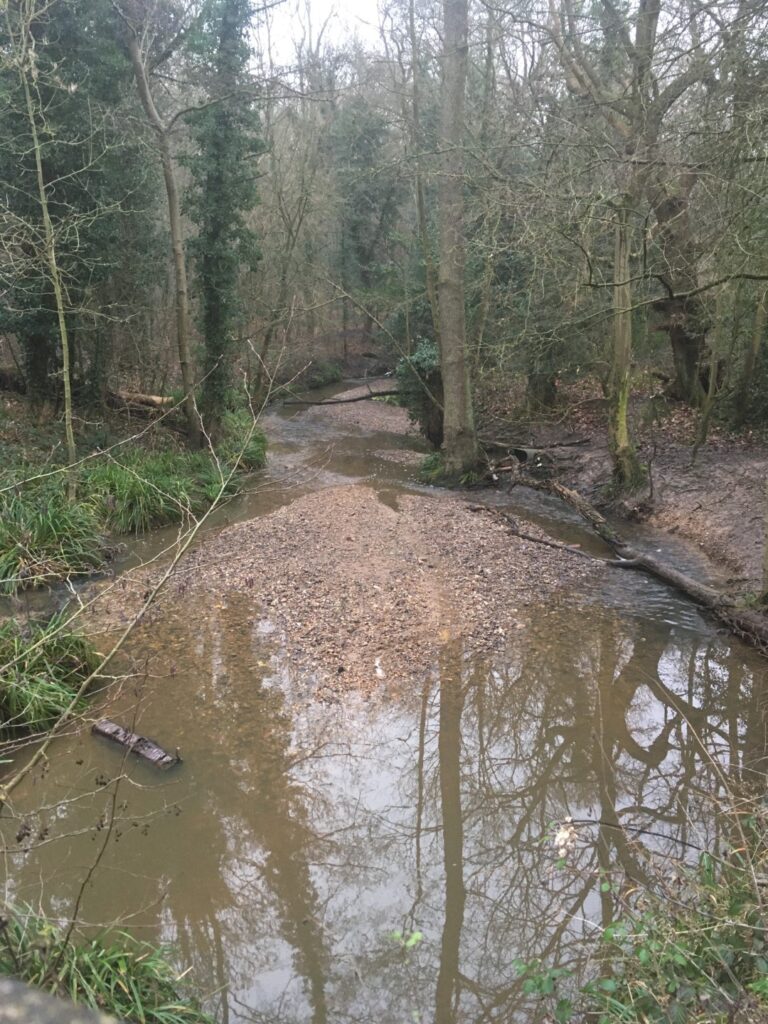
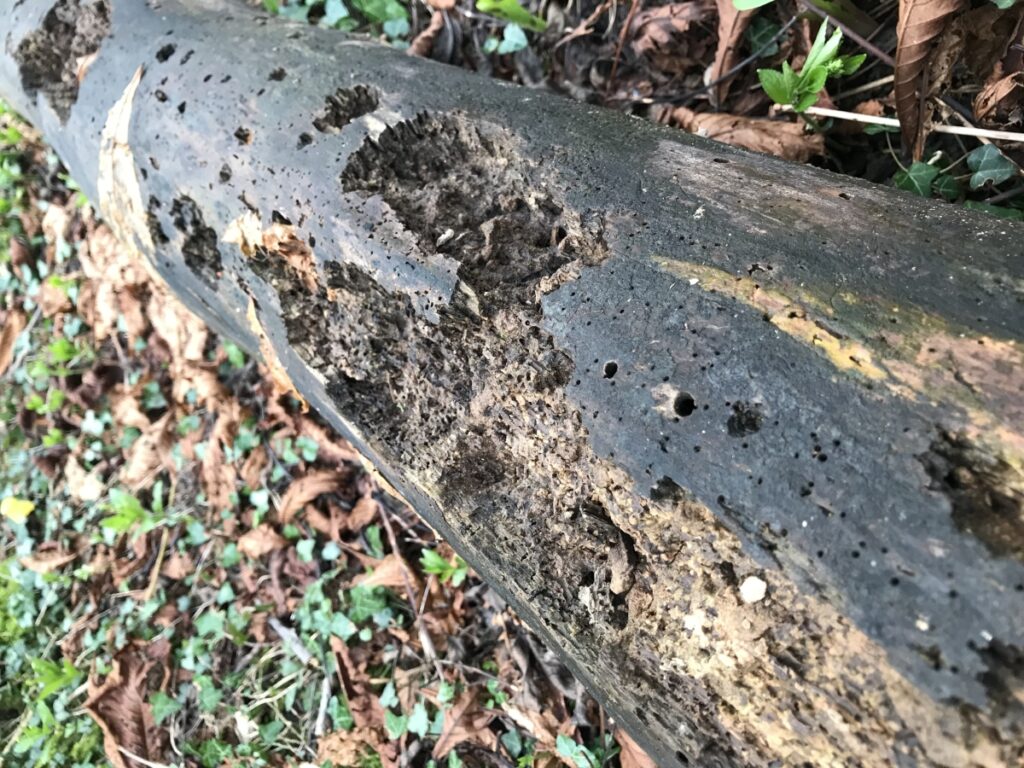
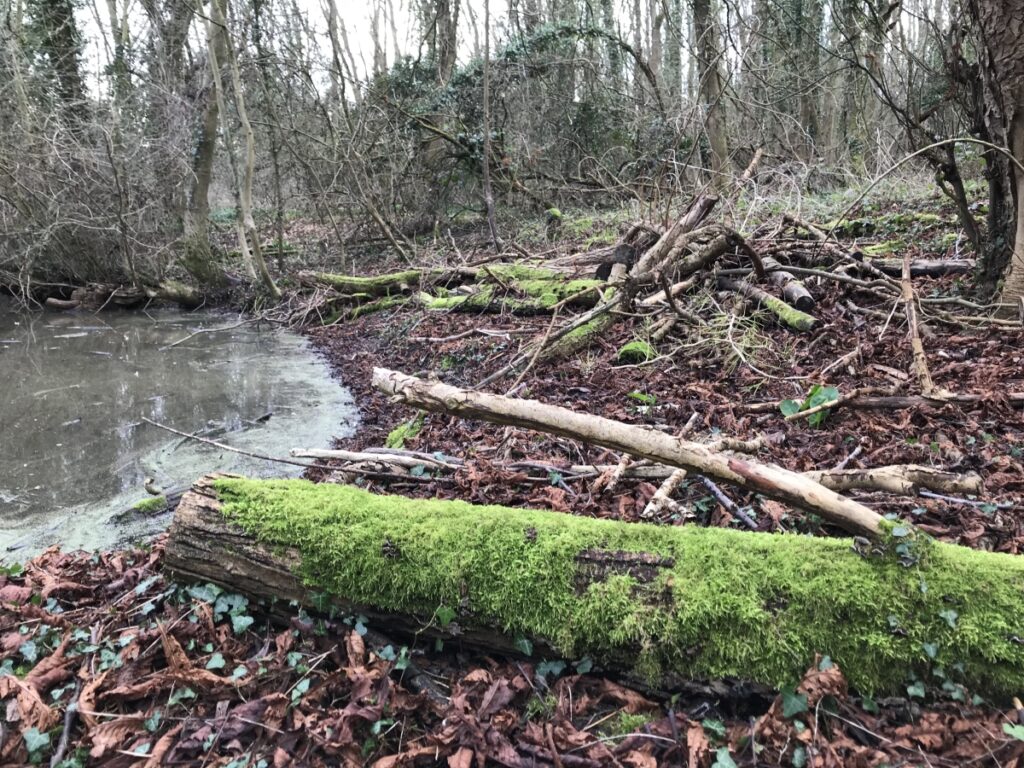
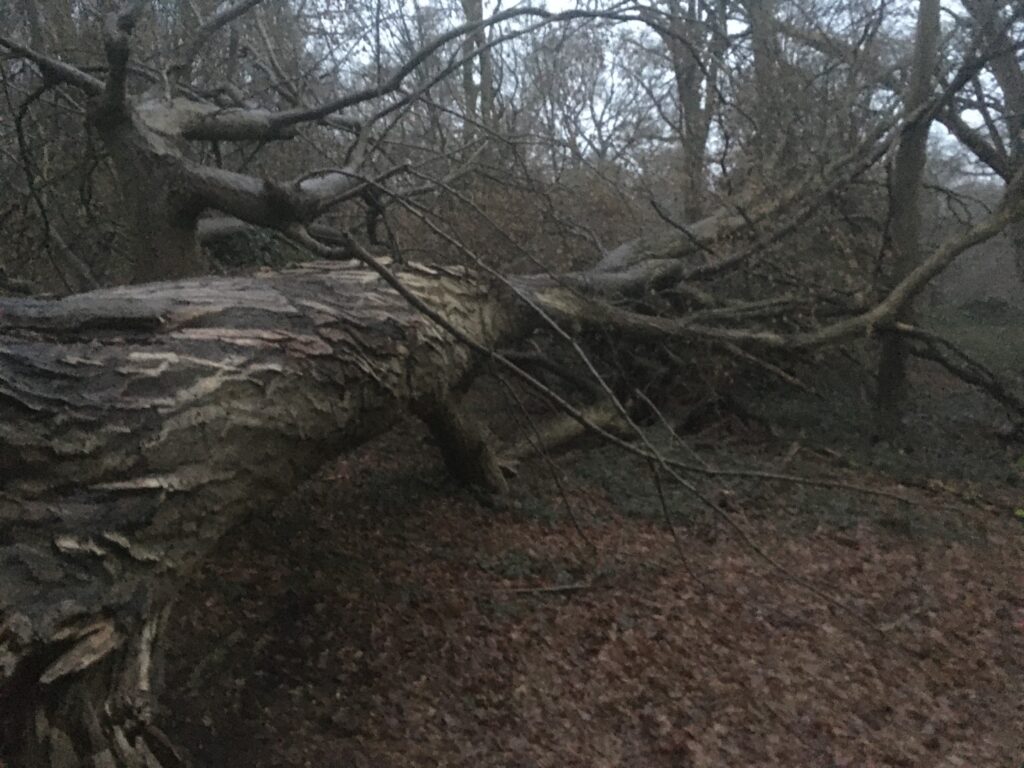
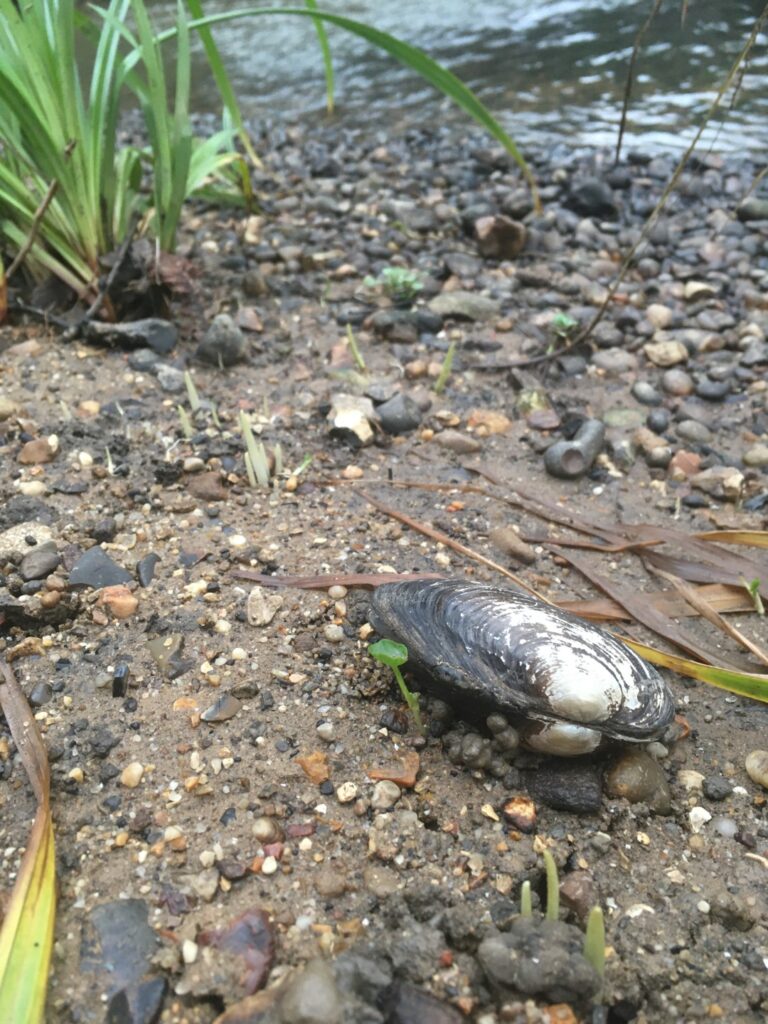
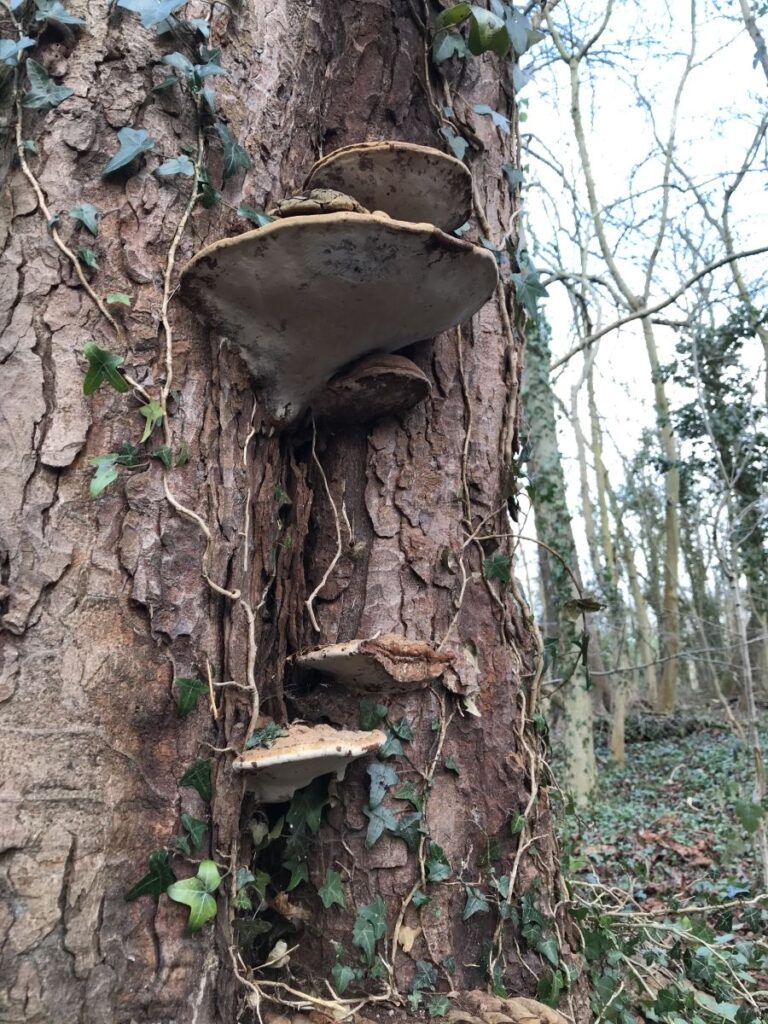
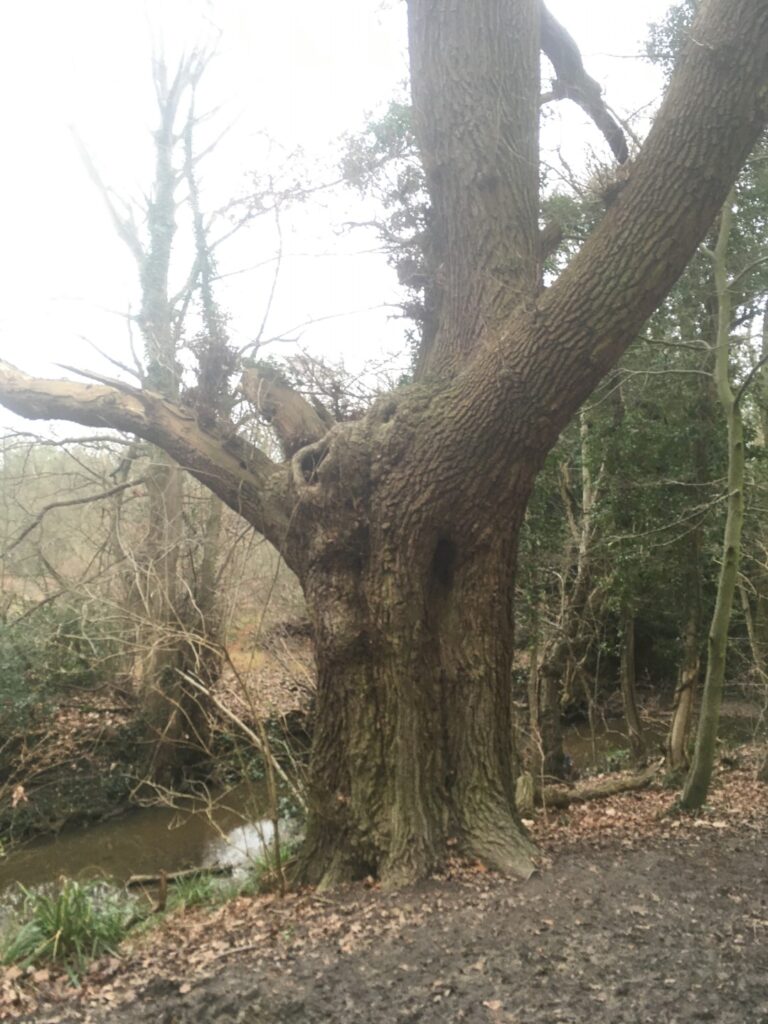
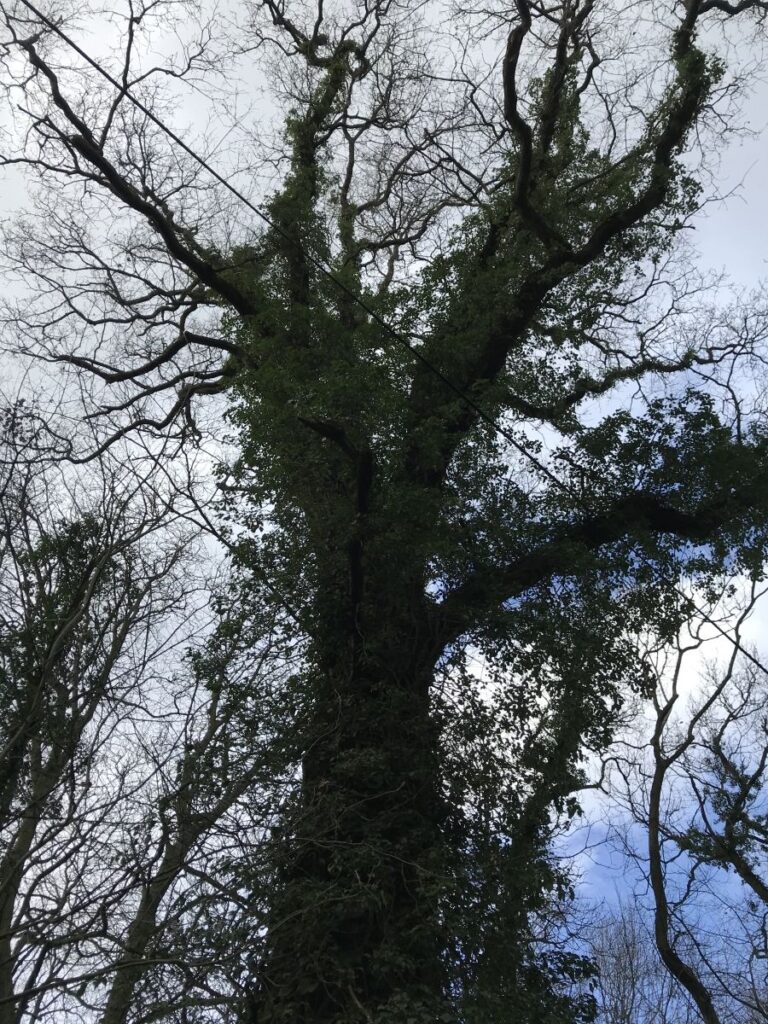
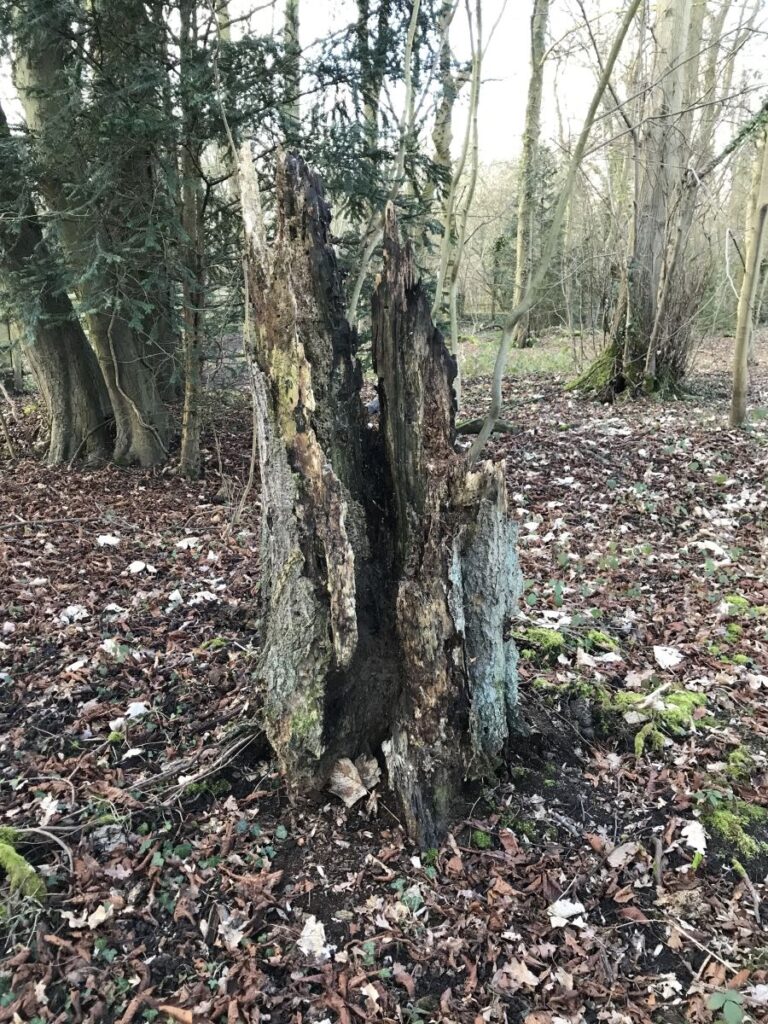
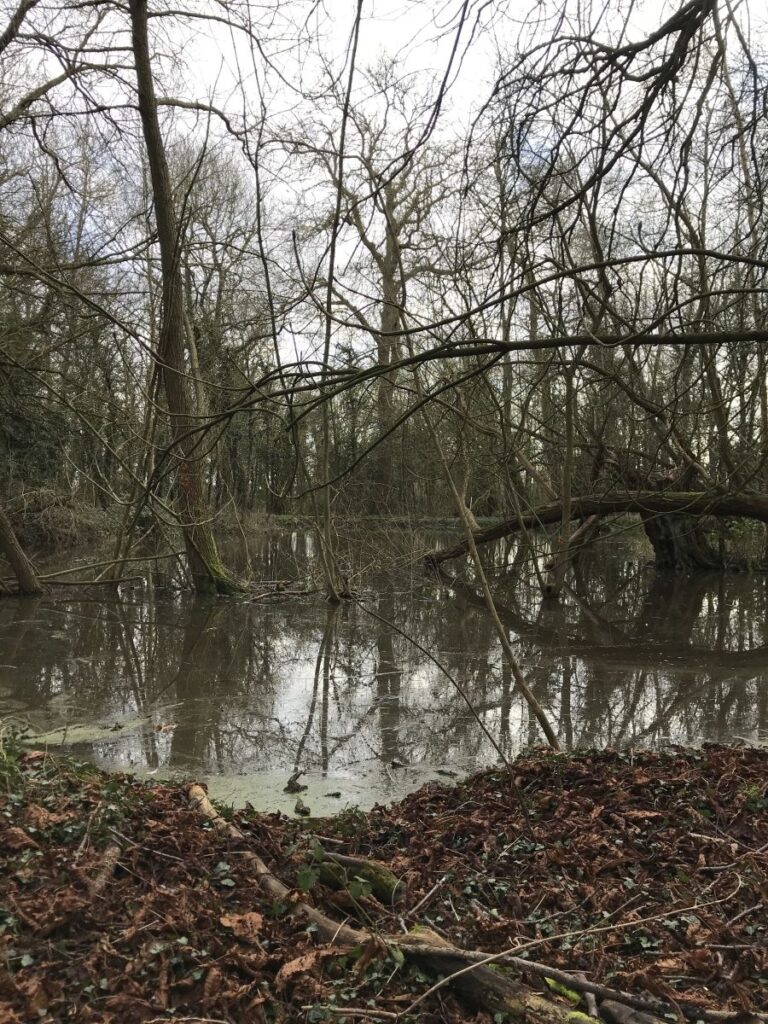
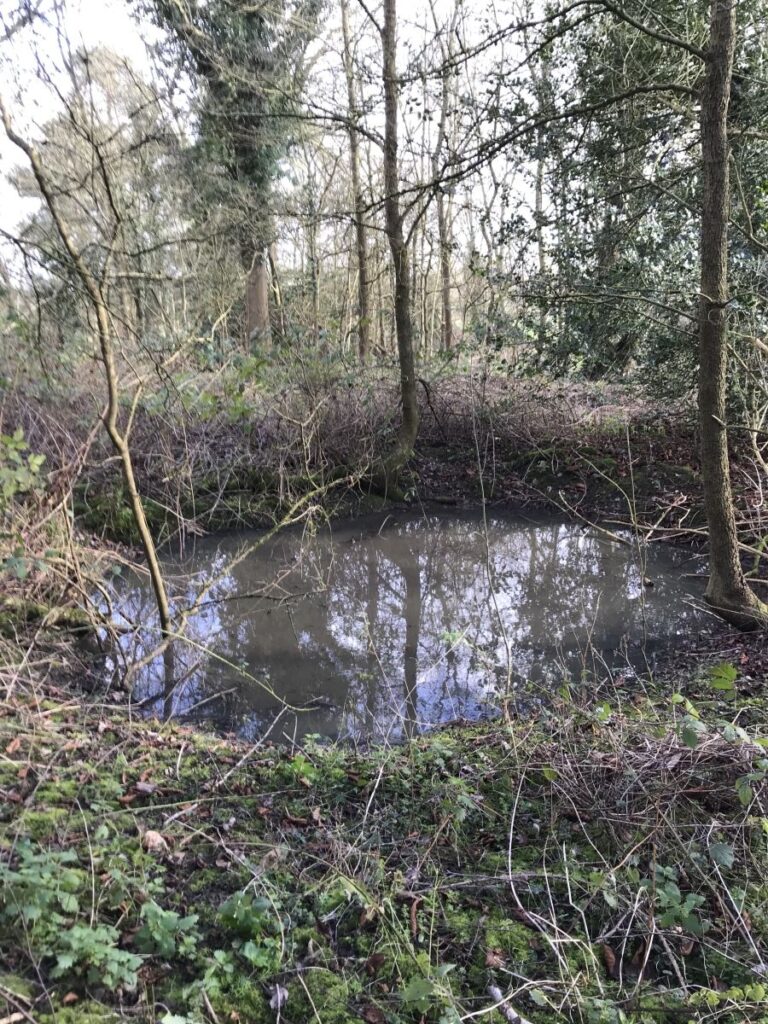
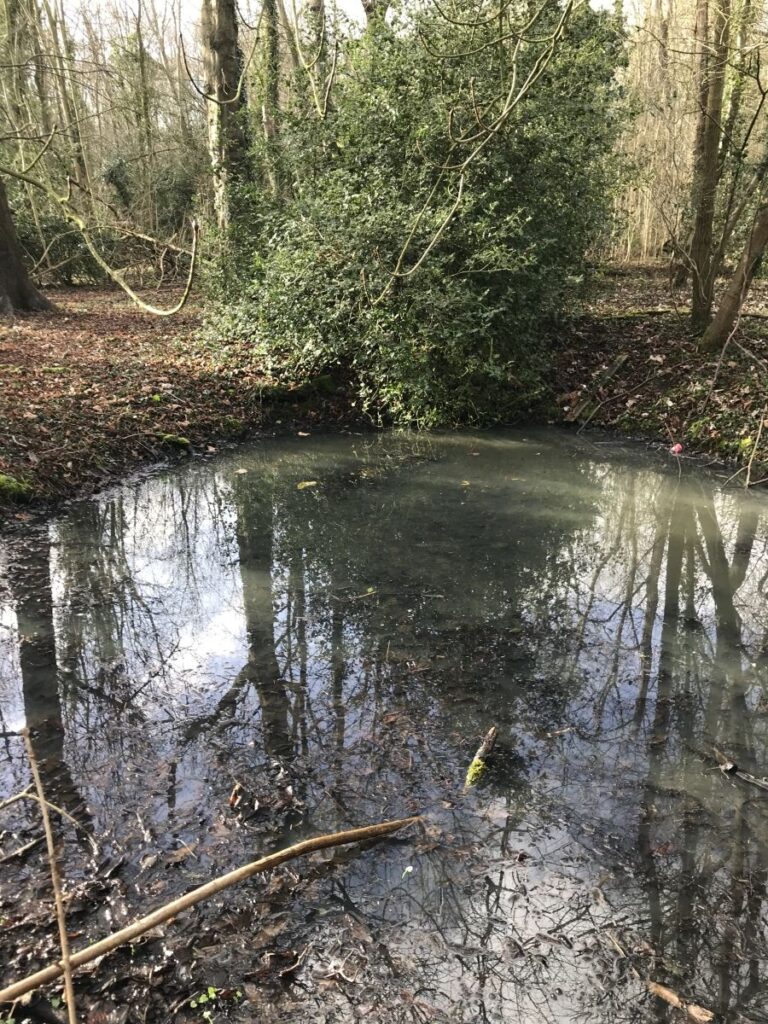
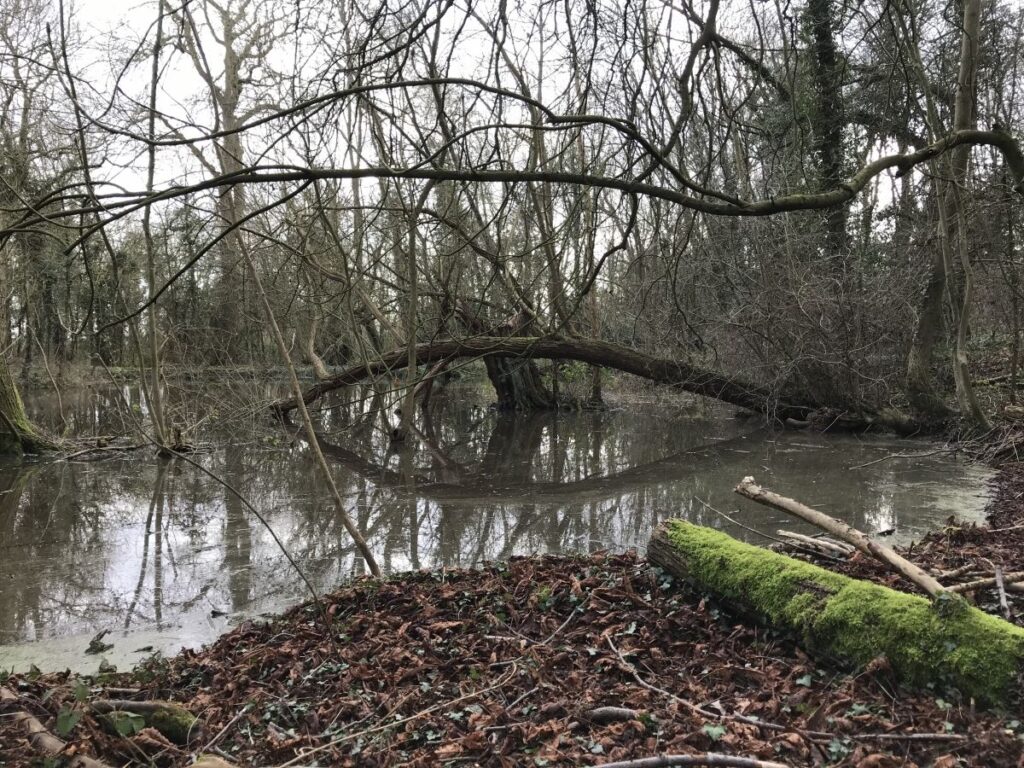
The photos above show the wetland area just south of the King and Tinker, full of piles of rotting timber and pools of water, ideal homes for insects and amphibians. Trees throughout the woodland have been allowed to fall and rot naturally through the agency of age, fungi, moss and insects. The ancient oak trees have large holes in their trunks and cavities hollowed out by woodpeckers. Every tree is a home to insects and birds and in some with larger cavities there will be bats.
The streams contain freshwater mussels and attract many birds including egrets and kingfishers. The meadow areas which are gradually being replanted with trees by the crows and jays were rich in butterflies last year. While the ancient woodland is primarily oak and hornbeam there are many different species of tree along the streams. Willow in the less well drained area attracts the rare purple emperor butterfly.
Within the park there are many different habitats, hence the biodiversity. The balance can be upset by thoughtless development, lighting for sports facilities for example. Whitewebbs is a relatively dark area at night, away from roads and motorway lighting. This in itself is unusual in London. It is also part of the biodiversity corridor that links the parks and gardens of Enfield.
